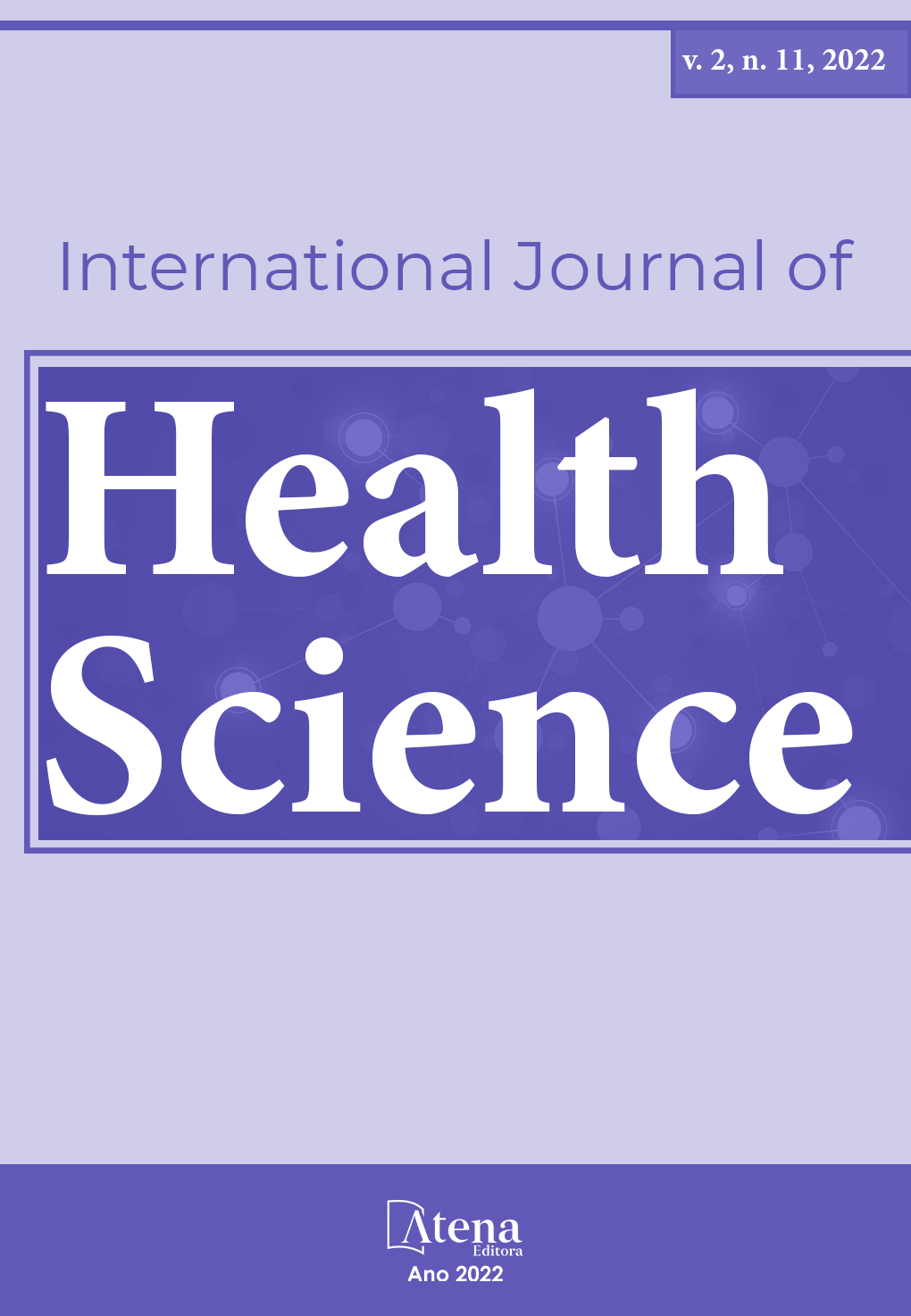
UPPER GASTROINTESTINAL ENDOSCOPY IN PEDIATRIC PATIENTS AT A TERTIARY HOSPITAL: A RETROSPECTIVE ANALYSIS
Objectives: Upper digestive endoscopy (EDA) is increasingly used in pediatric gastroenterology, thus improving diagnostic and therapeutic techniques for various disorders of the gastrointestinal tract. The objectives of the present study were to analyze the indications and diagnoses of UDE in pediatric patients at the tertiary hospital level. Methods: In this retrospective study, 1261 endoscopic exams from 2019 were evaluated, including outpatients and inpatients with a sample defined by convenience. Results: 39 exams were evaluated in the age group from 1 to 18 years, with an average of 13 years, mostly female. Most indications consisted of: epigastric pain (64%), gastroesophageal reflux disease (15%) and the main diagnostic findings were gastritis (61%). Conclusions: Although EDA is increasingly present in the pediatric field, there is still not much consensus on its real indications based on symptoms, in addition to the difficulties surrounding the techniques for its performance.
UPPER GASTROINTESTINAL ENDOSCOPY IN PEDIATRIC PATIENTS AT A TERTIARY HOSPITAL: A RETROSPECTIVE ANALYSIS
-
DOI: 10.22533/at.ed.1592112220024
-
Palavras-chave: Endoscopy; Kids; Indications, Epigastralgia.
-
Keywords: Endoscopy; Kids; Indications, Epigastralgia.
-
Abstract:
Objectives: Upper digestive endoscopy (EDA) is increasingly used in pediatric gastroenterology, thus improving diagnostic and therapeutic techniques for various disorders of the gastrointestinal tract. The objectives of the present study were to analyze the indications and diagnoses of UDE in pediatric patients at the tertiary hospital level. Methods: In this retrospective study, 1261 endoscopic exams from 2019 were evaluated, including outpatients and inpatients with a sample defined by convenience. Results: 39 exams were evaluated in the age group from 1 to 18 years, with an average of 13 years, mostly female. Most indications consisted of: epigastric pain (64%), gastroesophageal reflux disease (15%) and the main diagnostic findings were gastritis (61%). Conclusions: Although EDA is increasingly present in the pediatric field, there is still not much consensus on its real indications based on symptoms, in addition to the difficulties surrounding the techniques for its performance.
-
Número de páginas: 7
- Letícia Machado Baptistella
- Victoria Telles Vieira Celia
- João Luiz Brisotti
- Thales Marques Corrêa


